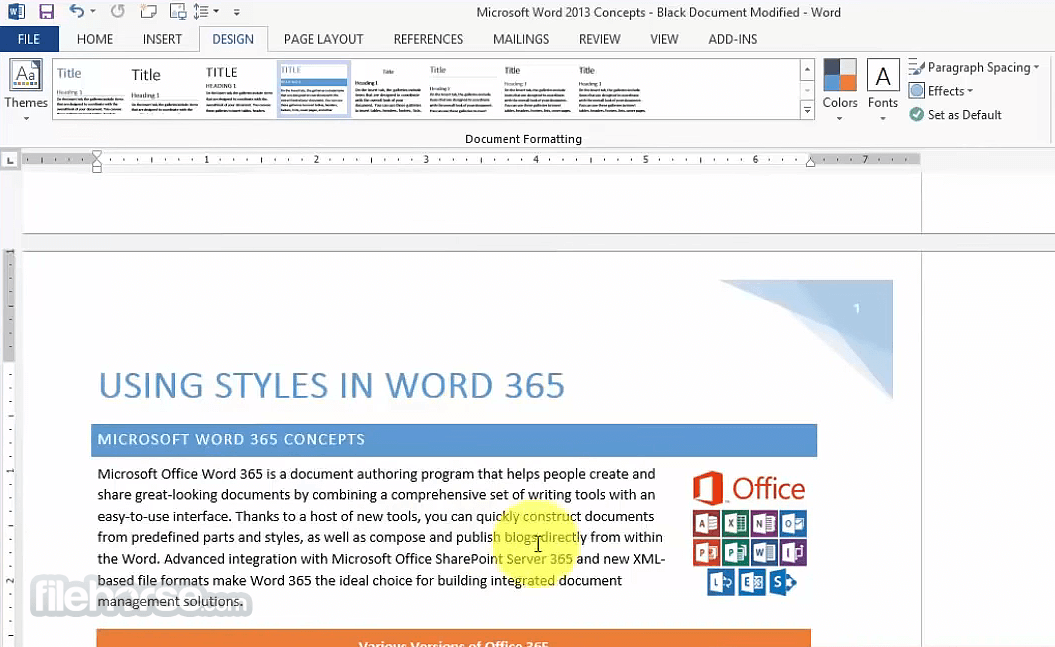
It quit offering upgrade discounts as of Office 2010, so everyone who buys the newest version of each edition pays the same price.

Microsoft puts out a new version of Office about every three years. If you don't, the applications will become feature-limited and eventually stop working. The important part, however, is that to keep using the Office 365 version, you have to keep paying the fee. The various Office 365 subscriptions offer the same software bundle for a monthly or yearly fee (yearly is a bit cheaper). So let's cut to the chase: Signing up for Office 365 will probably mean you'll be sending more money Redmond's way than you did before.Ī retail copy of Office 2013 Professional – the all-inclusive version of the suite – costs $399.99. Naturally, the first question on everybody's minds will be how much the subscription version of Office will cost compared to the traditional, perpetual-license version.

But if Microsoft is so desperate for customers to switch, it must be because it's planning to make out like a bandit, right? Can the subscription model possibly make sense from a customer's perspective? The answer, surprisingly enough, is maybe – and that's where we'll focus for this second dive into the new Office.


 0 kommentar(er)
0 kommentar(er)
